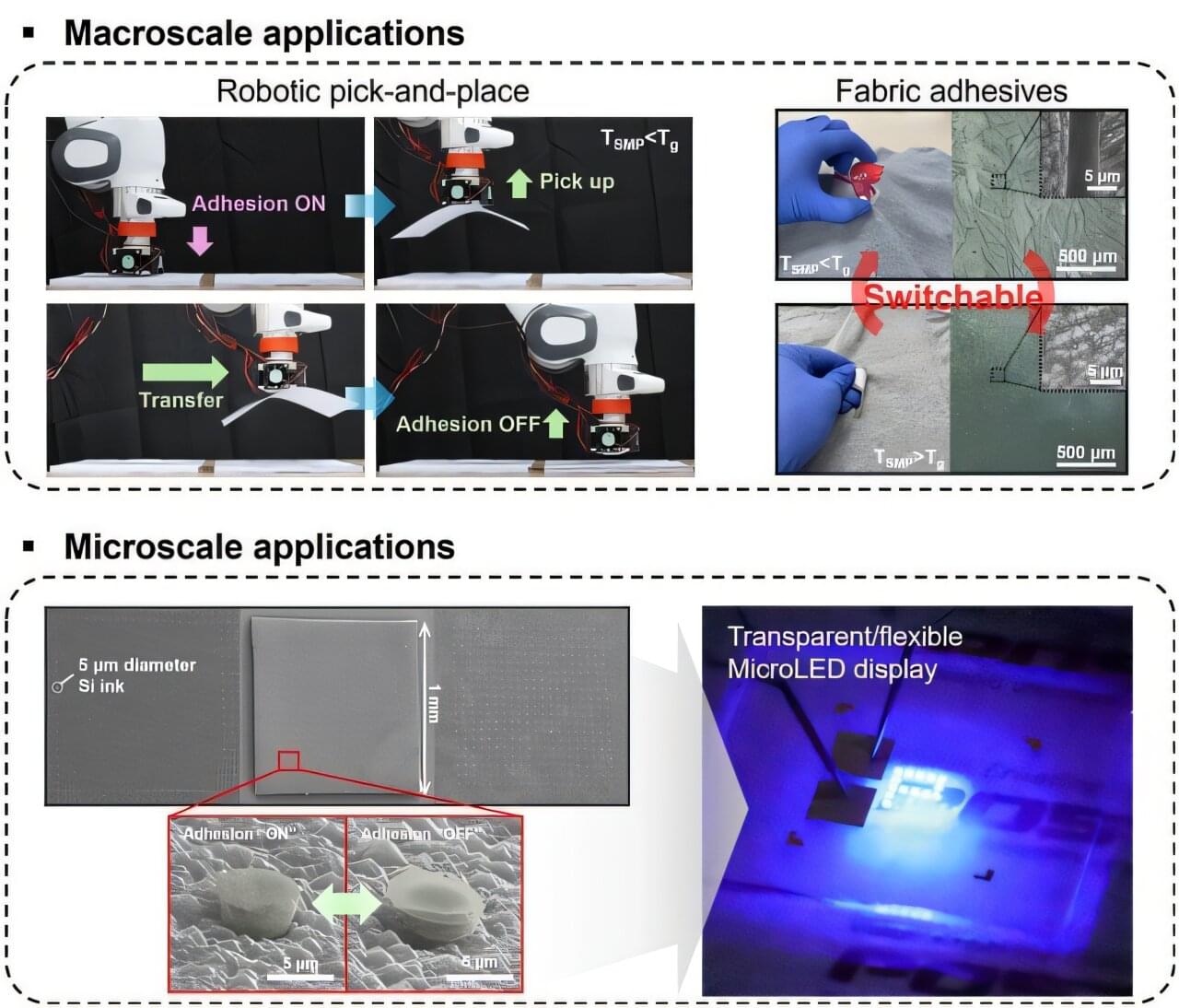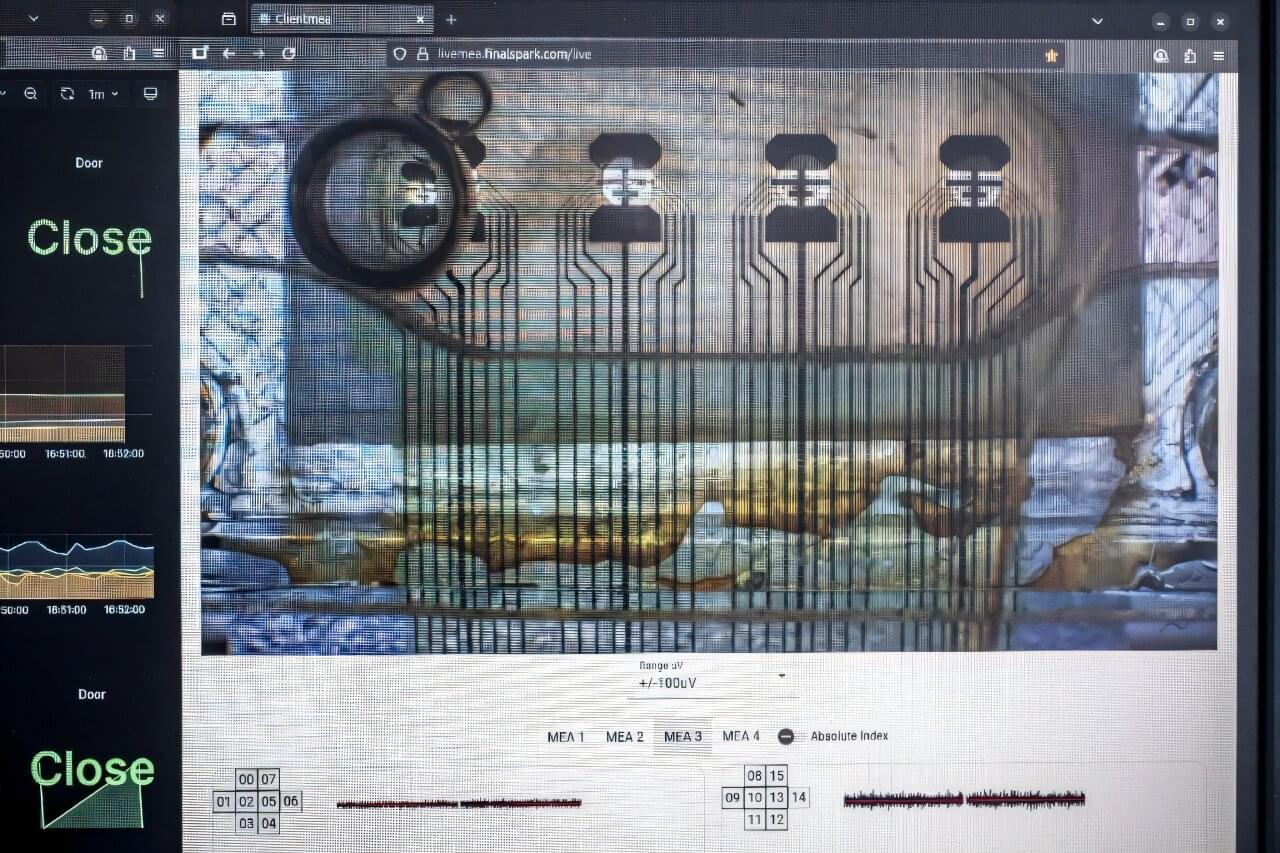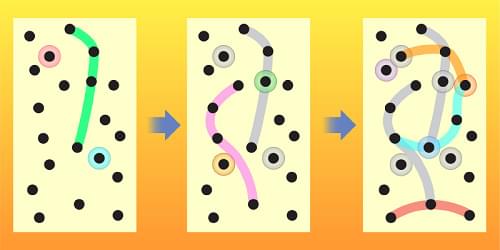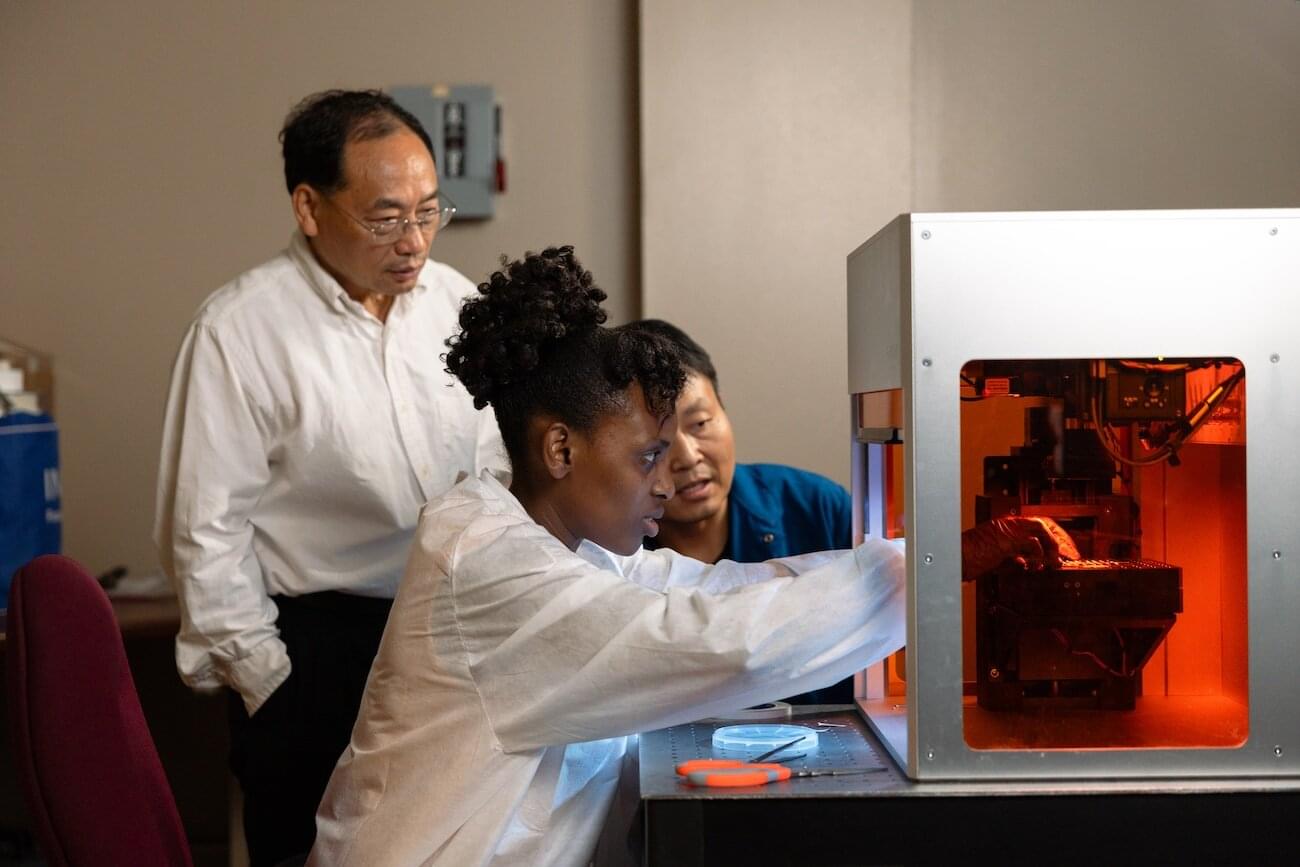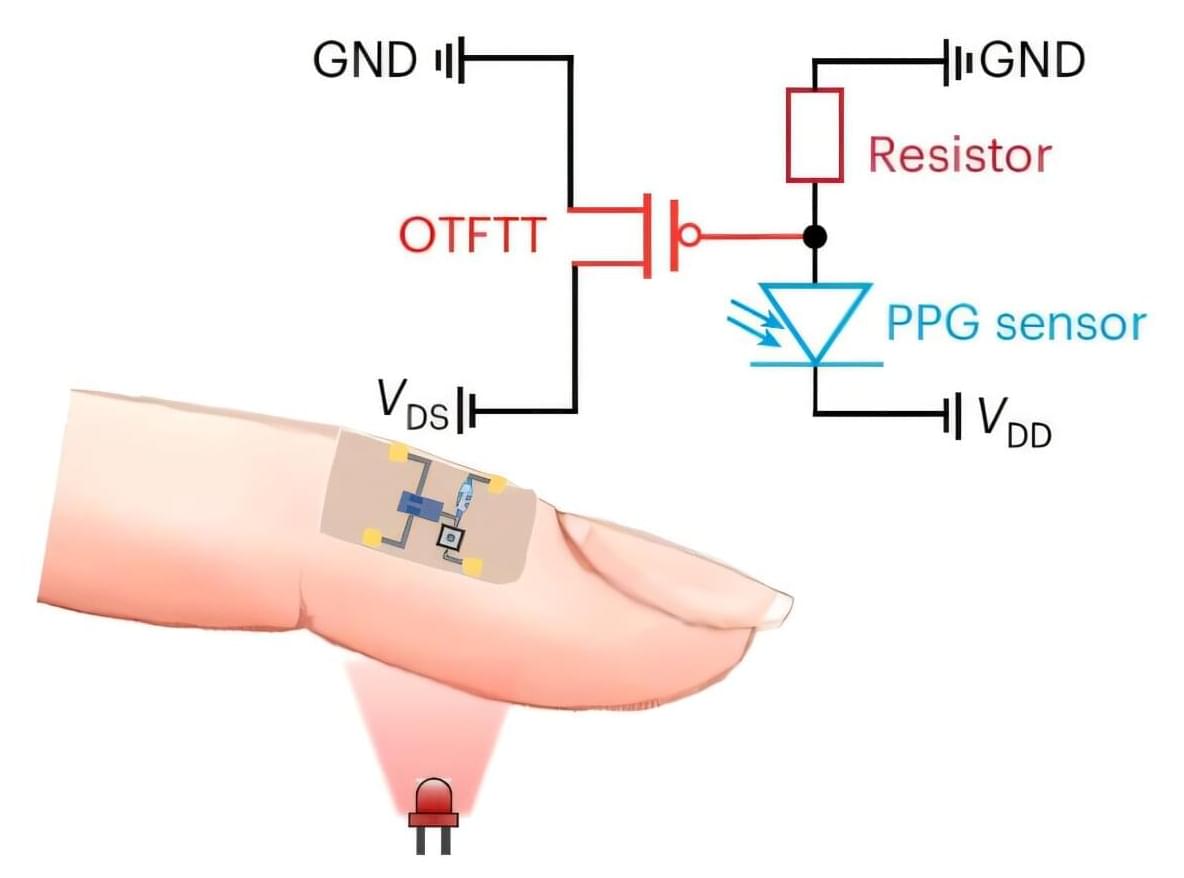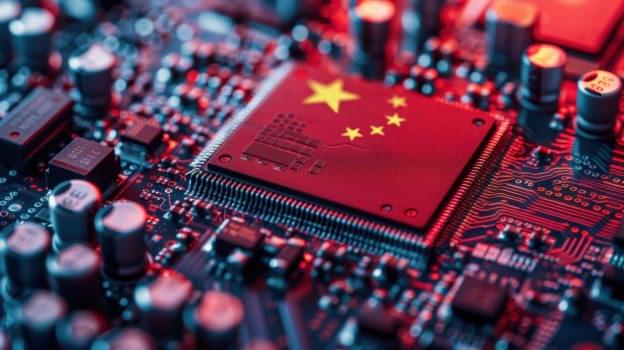A research team at Pohang University of Science and Technology (POSTECH), has developed a novel dry adhesive technology that allows everything from microscale electronic components to common household materials to be easily attached and detached.
The study was recently published in the journal Nature Communications, and the team was led by Professor Seok Kim in collaboration with Professor Kihun Kim (POSTECH), Professor Namjoong Kim (Gachon University), Professor Haneol Lee (Chonbuk National University), and Dr. Chang-Hee Son (University of Connecticut, U.S.).
Micro-LEDs, a next-generation display technology, offer significant advantages such as higher brightness, longer lifespan, and the ability to enable flexible and transparent displays. However, transferring micro-LED chips—thinner than a strand of hair—onto target substrates with high precision and minimal residue has been a persistent challenge. Conventional methods relying on liquid adhesives or specialized films often result in overly complex processes, poor alignment accuracy, and residual contamination.
